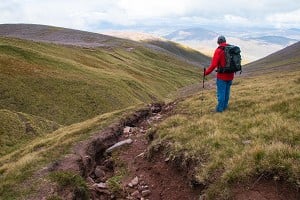
We are both footpath fanatics. When we arrive in a new place we can spend hours poring over an Ordnance Survey map, scouring it for the tell-tale signs of a Roman road, an old tramway, or a packhorse route over the hills. Then we drag our families out to tramp along them and discover what they are like on the ground. Yet despite a passion for Britain's paths that has lasted several decades, we were surprised at how remarkably little we knew about them and the people who had walked them before us.
History has always tended to focus on sites, and on the powerful individuals who controlled them. So much more has been written on Iron Age hillforts, Norman castles, medieval churches, stately homes and even modern towns than on the tracks, ways and roads walked by millions of people through the ages.
Deep down, however, most of us know that pathways are important. It feels wrong to visit an ancient site by car; it always seems better to approach on foot, as our ancestors would have done. There is something uplifting about coming upon Uffington Castle hill fort and its accompanying White Horse after a few hours' walk along the Ridgeway. By contrast, arriving by the A303 at Stonehenge, however magnificent and extraordinary a monument it is, is always just a mite dissatisfying.
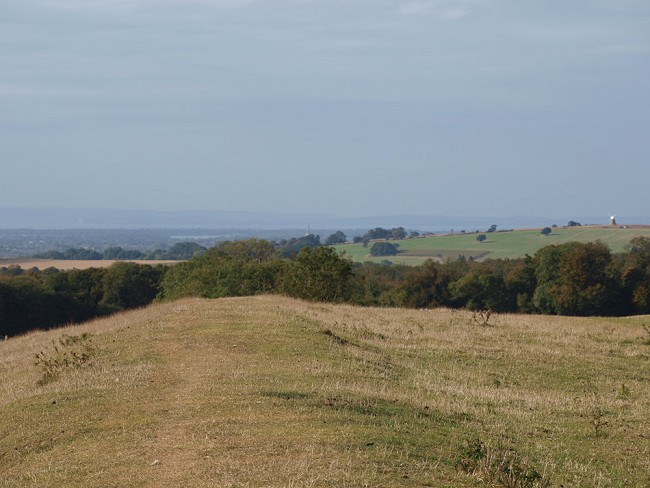
Mabye we unconsciously recognise that these places never stood in splendid isolation; they were always linked into a network of paths, tracks and ways. What's more, Britain's many pathways were not just for the traffic of people, animals and goods. Before the telephone, radio, television and the internet they were the sole channel for communication. Paths were what joined people together socially, politically and economically.
It is no exaggeration to say that pathways made our nation. On a personal level they were incredibly important to those who walked them, as they formed a map of every relationship - social, familial and commercial - in their lives. In a wider sense they were integral to every shift in power, every 'revolution', every change in consciousness that took place in the British Isles for hundreds, even thousands, of years. A world without paths would, in a very real sense, be a world without any history at all.
Researching the stories behind Britain's paths and the people who used them was fascinating. Of course many routes were used for the transport of goods. Packhorse trails, drovers' roads and miners' tracks helped fuel the industrial revolution, although they were eventually superseded by canals, railways and well-surfaced roads. Other pathways, though, were created specifically for the easier exercise of power; roads built to move armies, dykes thrown up for protection and to establish tribal boundaries, monks' 'trods' cut across the land to control monastic orders as their tentacles spread across Europe.
And, outside of these very practical purposes, we were surprised to uncover that such a large number of paths had a strong spriritual dimension; from prehistoric processional avenues to the tracks travelled by medieval pilgrims, to the grim roads used to carry corpses to their final resting place. Closer to our own time, of course, there are more and more places where people stroll purely for pleasure; on the seaside promenades, in gardens and in the public parks. These quite formal walking environments sit at the inception of a movement that culminates in the waymarked paths and 'open access' areas that so many of us enjoy for leisure walking today.
Twenty types of path to explore
1.Ridgeways (eg. the Uffington White Horse) – Following a ridgeway vastly simplified navigation and fewer trees meant less threat from brigands or wolves.
2.Processions (eg. Avebury Henges) – Henges date back to 2,500 BC and have deep religious significance.
3.Roman roads (eg. Stane St) – A network of roads across the country that were so well constructed that many were still used up until the arrival of turnpikes in the 18th century.
4.Dykes and ditches (eg. Offa's Dyke) – A protective barrier both in the highlands and across the flatlands protecting commerce and providing a vantage point for keeping an eye on other tribes.
5.Wetland tracks (eg. Flag Fen) – Some of our most ancient routes, dating back to 3,000 BC, enabling communities to travel from pasture or fishery to home.
6.Monks' trods (eg. the mid-Wales trod) – The Cistercian order was all powerful in the 12th century and they created routes to control their business interests.
7.Pilgrimage routes (The Pilgrim's Way) – Paying penance was at the heart of pilgrims' routes.
8.Forest tracks (eg. Forest of Dean) – Huge swathes of the country were designated as Royal Forest after 1066, under the jurisdiction of the king.
9.Corpse Roads (eg. those found in the Lake District) – Routes were often designed to be difficult as a mark of respect for the corpse being carried from an outlying village to the mother church across the fells.
10.Packhorse routes (eg. those found in the Peak District) – Up until the 19th century packhorse routes were the TIR lorries of their day, transporting goods right across the country.
11.Drovers' roads (eg. those found in West Wales) – Hardy drovers would drive their livestock from the uplands all the way to market in London, a journey of several weeks.
12.Village walks – The Enclosure Movement changed the face of the English landscape and altered the relationship between the people and land owners.
13.Smugglers' trails (eg. those found in Cornwall) – Smuggling was a way of life and the main income for many seaside communities.
14.Stalkers' tracks (eg. Glendhu in Scotland) – Stalkers' tracks cross a much more open landscape and have a special fascination of their own
15.Miners' tracks (eg. those found in the Yorkshire Dales) – Miner's tracks provided vital access to the many mines to be found in upland areas, and many still survive today, often with interesting bits of equipment too.
16.Canal towpaths (eg. Regent's Canal) – What vision the Waterways Act of 1968 had to allow public access to all canals and make them such fabulous leisure resources.
17.Promenades (eg. Brighton Promenade) – The Victorians liked their walking to be mud-free and a way of being seen.
18.Municipal parks – Based on a romantic vision of giving the workers in industrial Britain an inspiring natural space.
19.Leisure trails (eg. The Pennine Way) – The 20th century saw the emergence of long distance routes and the ascendancy of walking as a leisure pursuit rather than a necessity.
20.Pedestrian zones (eg. London's Pedway) – Having tried to separate walkers and cars in towns in the 60s and 70s, the pendulum has now thankfully swung back and in many city centres the pedestrian reigns supreme again.
It is one thing to appreciate the significance of these pathways in the development of our nation. But to really understand the past behind particular types of historical path - drover's roads, monk's trods, or smuggler's routes, for example - you have to get out and walk them. While walking, imagine what it would have been like to use that thoroughfare for the daily work or for the special individual journey it was designed for. This is not always the easiest thing to do as the stories of ordinary walkers are so often unwritten. But the paths remain, and they can still be walked. With some research and imagination we found you can go a long way towards reliving the experiences of earlier travellers.
Walking a smugglers' route at night, for example, makes it easier to conjure up the tension and uncertainty of the venture and the need for intimate local knowledge. On Stane St, looking across from the South Downs towards Regnum (Chichester), you can imagine the Roman traveller looking forward to a decent meal and catching up with friends. When walking along a drover's road in Wales, when a sudden downpour penetrates even the best protected traveller in modern waterproofs, you can imagine the hardiness of a drover making those long journeys to London and back, long ago.
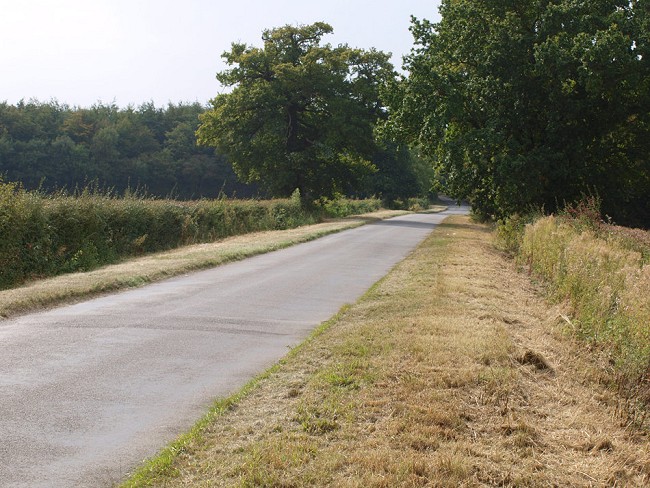
Modern walkers have a clear affinity with their walking ancestors. We seem to have a strong emotional attachment to the land that can only be satisfied by travelling through it on foot. Our reasons for wanting to own dogs – animals that have to be walked – is difficult to fathom in purely objective terms. There is something passed down to us through our ancestry that tells us – some of us, at least – that a dog is the right thing to have on a walk. When we put on our walking boots, gather our weatherproof gear around us, fill our sacks with emergency rations, call our dogs to our side and wait for our leader's instructions (or take lead ourselves), it mirrors in so many ways the setting-out of a hunting party, many centuries ago. We may not come back with felled prey strapped across our backs but the perfect day out still ends around an open fire, with food in our bellies and a drink in our hands.
A great deal of the history of our pathways, as indeed of the land as a whole, lives on in our own minds. The 'enclosure movement', peaking in the late 18th and early 19th centuries, defined the attitudes of the British people over ownership of the land. The indignation the Victorian poacher felt at not being able to snare a hare to go in his hungry family's pot re-surfaces in the struggles by ramblers to gain access to the countryside, battles that are running to this day. Likewise, the heady blend of exhaustion and elation experienced by medieval pilgrims chimes with our own feelings after a charity walk.
Follow the same historical pathways as us (book details and weblinks to download detailed walking routes featured in the book below), or find your own example nearer to home. We hope you enjoy the process of discovery as much as we have done.
Pathways by Nicholas Rudd-Jones and David Stewart
Hardback 320PPPrice: £20 (Guardian Books)
ISBN: 978 0 85265 226 8
Go to Pathways to download detailed route guides for the paths featured in the book, find others nearer to you, keep up to date with new information and ideas and join in the discussion. For each chapter of the book, as well as giving some wider historical background, we focus on an individual path. We delve a little more into its history and, most importantly, we experience it first hand.
'In this beautifully illustrated book... you will find a plethora of historical information that will encourage you to pull on your walking boots and try the routes for yourself.'
Countryside Magazine

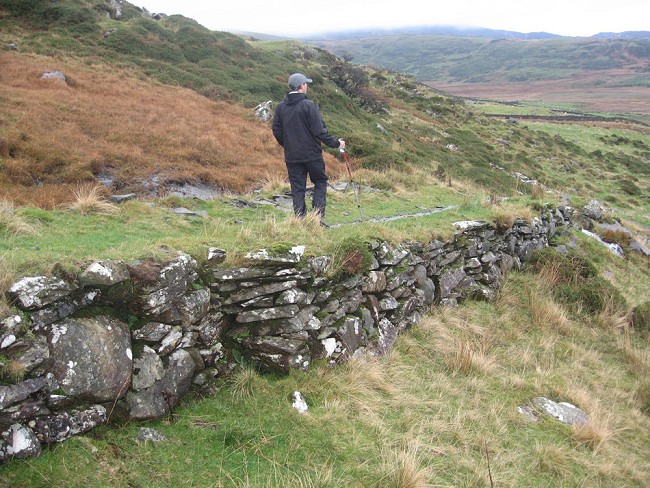

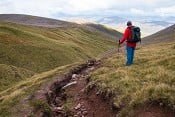
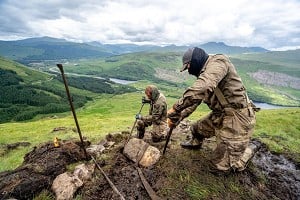
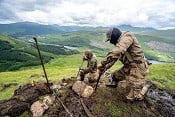






Comments